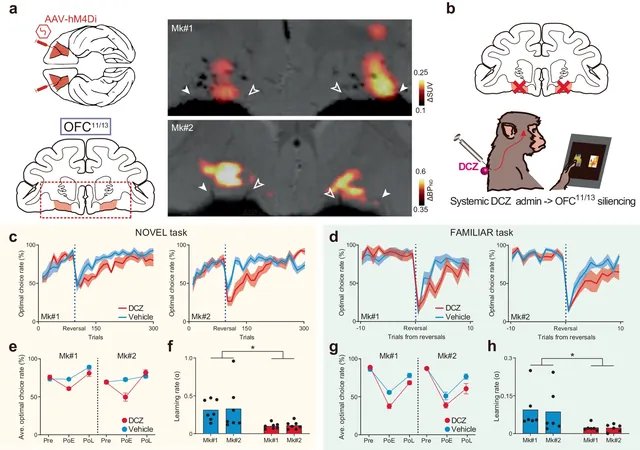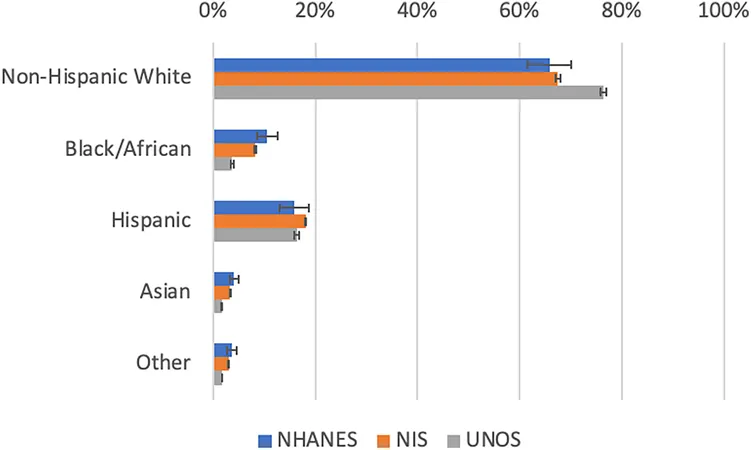
Unveiling the Secrets of Primate Decision-Making: What It Means for Humans and AI
2024-09-20
Introduction
In our ever-evolving world, the ability to adapt and make informed decisions is crucial for survival—whether you're a human navigating daily life or a monkey choosing between two tantalizing treats. Interestingly, primates, particularly those with advanced brain structures, have demonstrated remarkable decision-making capabilities. These animals don't just rely on past experiences; they can also infer outcomes from similar situations, even without having encountered those specific options previously.
The Role of the Orbitofrontal Cortex (OFC)
At the heart of this complex process is the orbitofrontal cortex (OFC), a brain region responsible for balancing experiential learning with knowledge-based strategies. The OFC plays a pivotal role in evaluating potential options, updating internal value systems, and ensuring that decisions lead to favorable outcomes.
Breakthrough Research
However, the intricacies of the OFC—specifically whether it operates through distinct neuronal pathways for differing types of decision-making—have long remained a mystery. Thankfully, groundbreaking research published in Nature Communications sheds light on this gray area. A team of scientists from Japan, including lead researchers Kei Oyama and Takafumi Minamimoto from the National Institutes for Quantum Science and Technology, have made significant strides in understanding how the OFC influences decision-making in primates.
Innovative Experiments with Macaque Monkeys
In their innovative experiments, macaque monkeys were tasked with choosing between various images, each linked to different amounts of juice as a reward. As the researchers switched images and changed reward values—turning the worst choices into the best—the monkeys were tested for their ability to adapt based on experience and knowledge. This allowed the team to observe how altering neuronal pathways in the OFC affected decision-making processes.
Chemogenetic Method and Findings
Utilizing a revolutionary chemogenetic method, the researchers could switch specific neural circuits on and off using a targeted drug. By monitoring the monkeys' performance, they identified two crucial pathways: one connecting the OFC to the caudate nucleus, essential for experience-based adaptations, and the other linking the OFC to the mediodorsal thalamus, critical for knowledge-based adaptations.
Implications for Human Decision-Making
The implications of this research stretch far beyond primate behavior. Given the similarities between monkey brains and human brains, insights gained can help explain the varied ways individuals approach problems. Some might favor trial-and-error tactics, while others could rely on a more systematic methodology rooted in past knowledge. Minamimoto highlights the potential to tailor personalized strategies for improving decision-making among individuals who struggle with these thought processes.
Applications in Mental Health
Moreover, the findings open doors to new therapeutic approaches for mental health conditions like obsessive-compulsive disorder (OCD), where adaptability to changing situations poses a challenge. By precisely targeting the relevant circuits, more effective treatments could be developed to help restore healthy cognitive flexibility.
Impact on AI and Robotics
Additionally, the research offers promising applications in artificial intelligence and robotics. Understanding how we, and our closest animal relatives, navigate decision-making can inspire the creation of smarter, more adaptable AI systems capable of modifying their problem-solving techniques based on situational contexts.
Conclusion
In a quest to decode one of nature's most complex enigmas, this trailblazing study paves the way for advancements not just in neuroscience, but also in improving the human experience and the development of intelligent machines. The next time you face a choice, reflect on the intricate dance happening in your brain and those of the primates that share our planet.



 Brasil (PT)
Brasil (PT)
 Canada (EN)
Canada (EN)
 Chile (ES)
Chile (ES)
 España (ES)
España (ES)
 France (FR)
France (FR)
 Hong Kong (EN)
Hong Kong (EN)
 Italia (IT)
Italia (IT)
 日本 (JA)
日本 (JA)
 Magyarország (HU)
Magyarország (HU)
 Norge (NO)
Norge (NO)
 Polska (PL)
Polska (PL)
 Schweiz (DE)
Schweiz (DE)
 Singapore (EN)
Singapore (EN)
 Sverige (SV)
Sverige (SV)
 Suomi (FI)
Suomi (FI)
 Türkiye (TR)
Türkiye (TR)